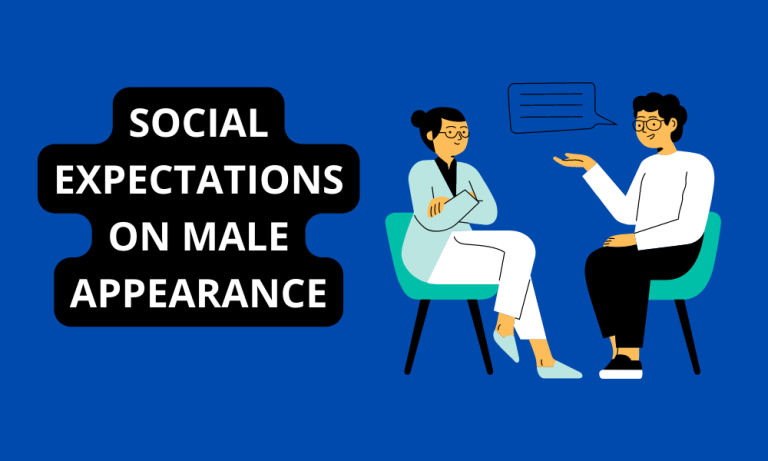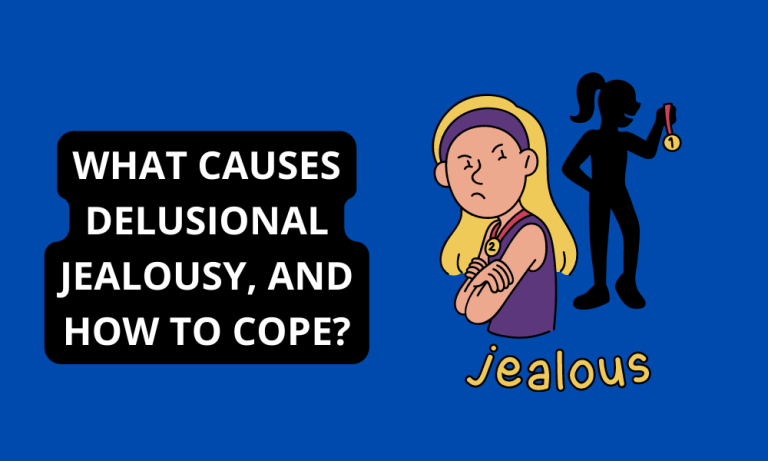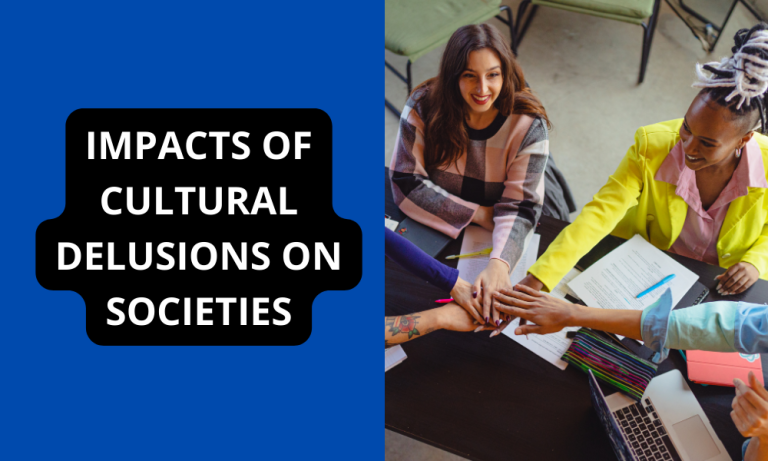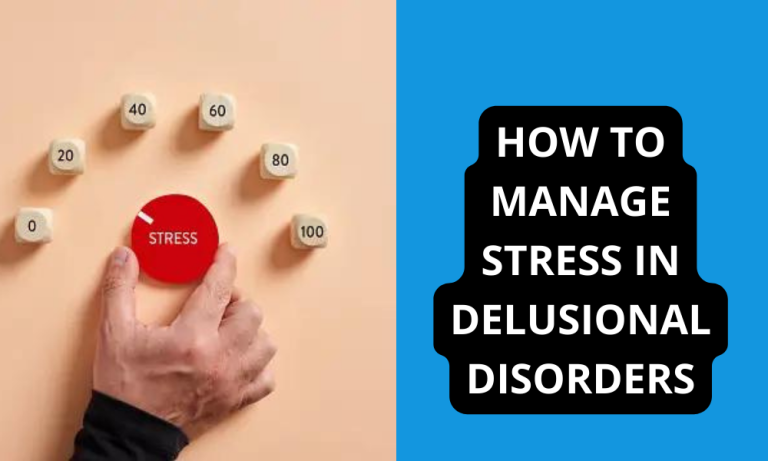How to Address Subconscious Male Biases?
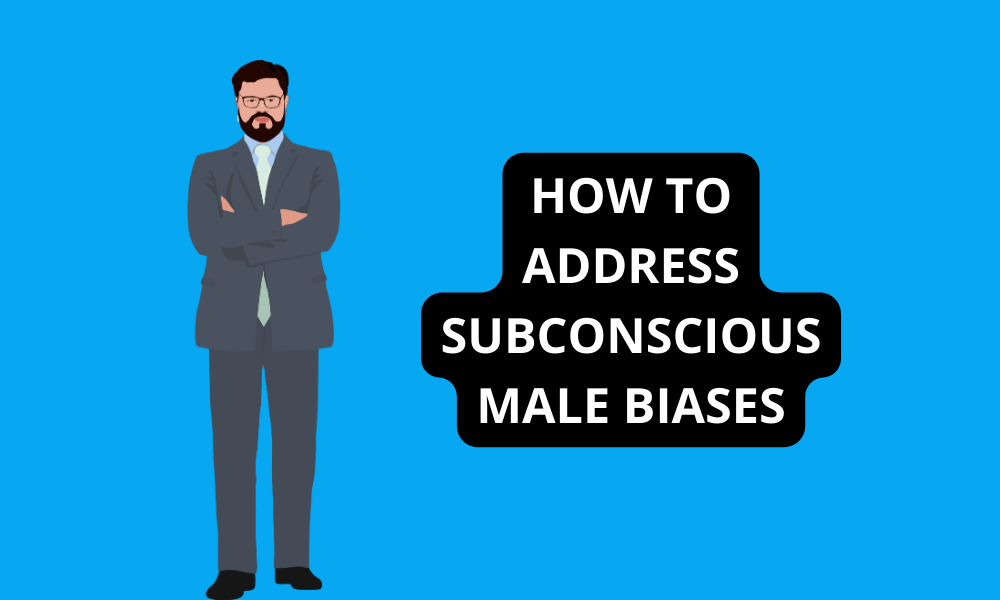
As a man, addressing our subconscious biases is one of the most important things we can do to cultivate a more equitable and just society. While none of us are immune to implicit prejudice, recognizing where our blind spots may be and actively working to overcome them can help us become better allies and antidote disharmony.
In this post, I’ll explore the science behind unconscious biases, how they impact our behaviors and decisions, and practical strategies you can implement to identify and counteract your own leanings.
What are Unconscious Biases?
Unconscious or implicit biases refer to judgments and associations that occur outside of our conscious awareness and control. They stem from mental schemas we develop early in life based on our upbringing, environment and cultural conditioning. Things like gender, race, age, appearance, disability and more all unconsciously shape the way we perceive and interact with others. Some key things to know:
- We all have them: No one is exempt from implicit biases. They are a normal part of how our brains quickly process enormous amounts of sensory information on a daily basis.
- They operate below the radar: We are usually unaware of our biases and the ways they influence us. They happen spontaneously, without contemplation or conscious intention.
- They impact our behaviors: Studies have shown our unconscious prejudices can affect important decisions like who we decide to hire, how we discipline children, and interactions with those of other groups.
- They are hard to overcome: Even when we consciously try to resist biases, they continue to surface unnoticed. Overriding the unconscious takes a sustained effort to rewire deep-seated neural pathways.
So in essence, they creep into our minds without our express permission. But that doesn’t mean we can’t recognize where they may exist and take purposeful steps to counterbalance them. Let’s move into how this plays out specifically for men. You can check out the Male Delusion Calculator to analyze your perceptions.
Common Unconscious Biases Men May Have
Some pervasive implicit biases men grapple with include:
Gender biases
- Men are more competent than women: Assuming men are more capable, skillful or qualified simply due to their gender. This biases hiring, promotions and how we perceive women’s abilities.
- Women are caretakers: Stereotyping women as more emotional, nurturing or family-oriented at work. This biases perceptions of leadership potential and commitment.
Racial biases
- Black men are dangerous: Associating black men with aggression, violence or criminality. This can affect interactions, risk assessments and disproportionate policing.
- White men are the norm: Unconsciously believing the default person in any setting, job or position of power is white. This excludes and marginalizes people of color.

Age biases
- Young men are immature: Making assumptions about younger men’s experience level, judgment or competence. This disadvantages younger workers.
- Older men are irrelevant: Stereotyping older men as outdated, inflexible or incapable of learning new skills. This biases consideration for training or career reinvention opportunities.
Many men want to be progressive allies yet remain unaware such ingrained biases subtly plague their mindset. The first step is acknowledgment. Once we make the invisible visible, we gain power over it.
How Implicit Biases Quietly Impact Decisions
One insidious trait of unconscious biases is how imperceptibly they distort our judgments without us realizing. Some examples:
Hiring decisions
Studies show resumes with stereotypically white names trigger more callbacks than identical ones with black-sounding names. Asians may be deemed less charismatic. Your brain may subliminally prefer candidates resembling your own social group.
Performance reviews
When evaluating identical work, biases can shade how we construe qualities like leadership, communication skills or initiative based on attributes like gender. Small differences get magnified.
Classroom interactions
Teachers unconsciously give more attention and wait time for answers to students matching their own race/gender profile, influencing encouragement and discipline.
Risk perception
Unintentional assumptions link some groups like young black men more closely with threat, influencing reactions from interviews to traffic stops. Impartiality gets compromised.
The effects are cumulative. Over time, these microscopic slights accumulate into unwitting disparities with serious consequences. But forewarned is forearmed – awareness is the first step to countering these biases.
Strategies For Overcoming Implicit Biases
Now that you recognize biases exist in all of us below the surface, here are proactive steps to mitigate their impact:
Educate yourself on privilege
Learn how unearned advantages like male privilege or racial privilege distort reality. Check your frame of reference – experiences differ greatly across groups.
Check your blind spots
Take implicit association tests to uncover hidden attitudes. Tools like Project Implicit test for unconscious preferences around gender, sexuality, weight and more. Record any surprises.
Consider multiple perspectives
Make it routine to view issues through diverse lenses. Actively solicit opinions from those unlike you and thoughtful consider alternative takes on topics.
Implement system 2 thinking
Slow down snap judgments by consciously reflecting before decisions or interactions, especially those involving different demographics. Rely more on rational deliberation than instinctive reactions.
Counteract confirmation bias
Make an effort to notice times you naturally dismiss or explain away facts that contradict your preconceptions. Open your thinking to contradictory perspectives.
Promote diversity and inclusion
Surround yourself with a variety of people so you regularly encounter paradigms outside your own. Advocate for environments embracing minorities through empowerment, not tokenism.
Check implicit tendencies
Be alert for subtle, unintentional behaviors like interrupting others more, offering less eye contact or speaking time. Make corrections with humility and grace.
Practice perspective taking
Actively envision walking in others’ shoes to foster empathy. Consider the world from the standpoint of someone facing discrimination and the microaggressions they regularly endure.
Call yourself in, not out
When biases surface, commit to self-reflection over defensiveness. View catching yourself as an opportunity for growth rather than a personal failing requiring justification.
While perfection isn’t feasible, sincerely working on awareness and accountability daily expands our humanity. A bias-aware approach is a journey, but each step moves us closer tojustice and understanding between all people.
FAQs about addressing unconscious biases
Here are answers to some common questions men have:
How can I change deeply ingrained biases?
Rewiring the brain takes time but small, consistent efforts work. Exposing yourself to alternative views widens perspectives. Catching biases in action with humility, then consciously correcting behaviors, retrains thought patterns over months. Be patient yet committed.
What if acknowledging biases makes me feel uncomfortable?
Discomfort signals growth. You can support equality without requiring yourself to feel perfectly comfortable. Stay focused on listening respectfully and challenging misconceptions, not defending initial reactions. Disparity deserves to be disrupted for a just world.
Aren’t some biases just reality based on statistics?
While population-level data exists, generalizing individuals is logically flawed and ethically problematic. Fair treatment depends on evaluating everyone as unique persons, not representatives of broad identities. Additionally, statistics don’t imply causation and are often due to historical discrimination that biases the data.
Where do I start if this feels overwhelming?
Begin by making a daily practice of thoughtful self-reflection. Also focus on listening to understand different experiences without judgement, and elevating respectful voices from underrepresented groups in your social circles. Small acts of empathy compound into meaningful change. Stay patient and committed.
Additional resources
Here are some additional resources to support your biases awareness work:
- Books: How to Be an Antiracist by Ibram X. Kendi, Me and White Supremacy by Layla Saad
- Podcasts: Code Switch (NPR), Will is White? (LEAD Podcast Network)
- Articles: “Strategies for Dealing with Implicit Bias in Medicine” (AMA Journal of Ethics), “7 Ways for Men to Overcome Toxic Masculinity” (Art of Manliness blog)
- Online tests: Harvard’s Project Implicit tests for biases around gender, race, sexuality and more
- Organizations: YWCA’s Eliminating Racism program, Nonprofit HR’s diversity facilitation services
- Allies: Reach out to trusted minority friends for perspective on your blindspots and reassurance in your commitment to growth
The work of purging biases is challenging but critical for an equitable society. I hope you’ll continue this journey with empathy, courage and dedication.
Conclusion
Addressing unconscious biases requires lifelong commitment to self-awareness and growth. While retraining deep-seated thought patterns takes perseverance, small daily efforts, like consciously considering different perspectives, can go a long way over months and years. The path forward prioritizes humility over defensiveness – catching ourselves is an opportunity, not failure.

